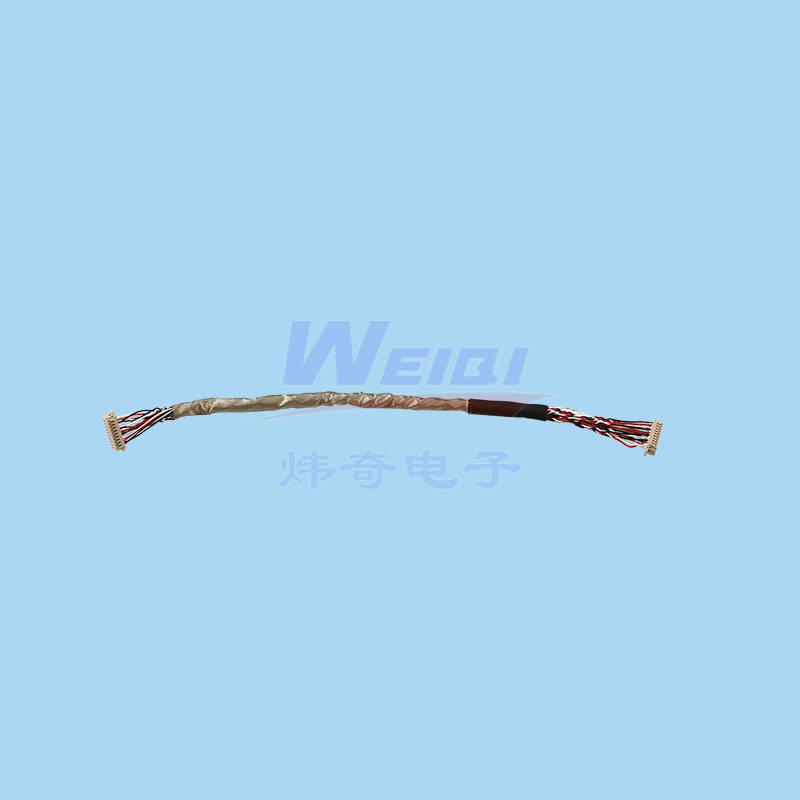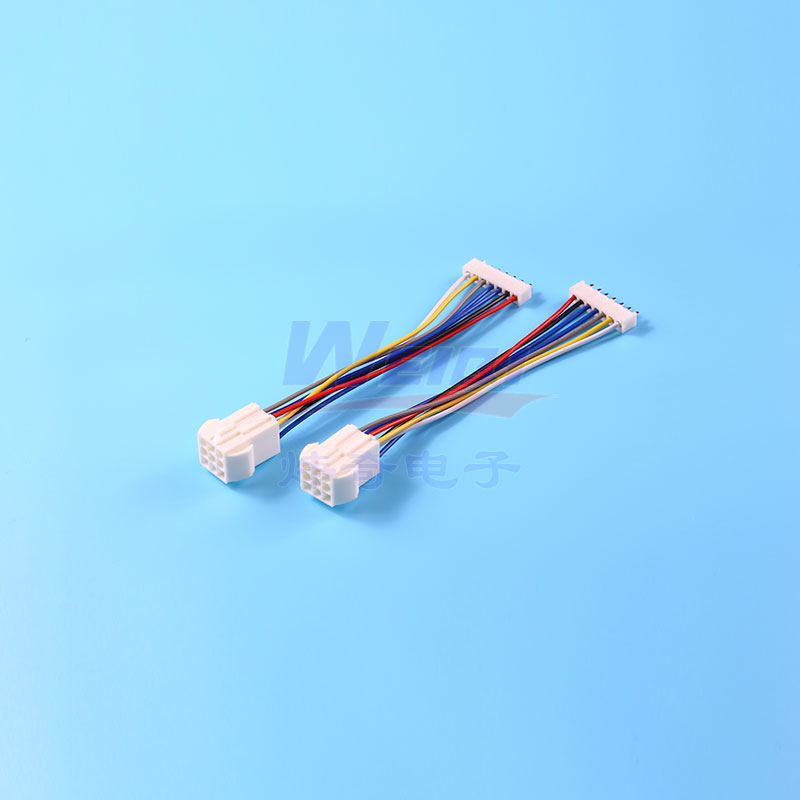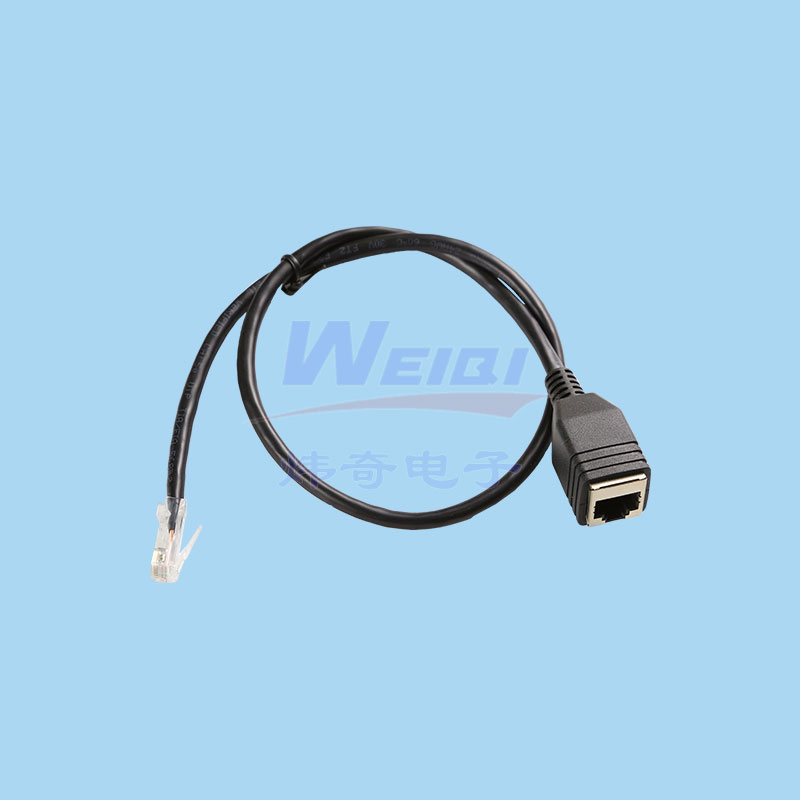HMDI cable does not match, ultra HD TV becomes full HD
Date: 2019-11-12 Source: Weiqi
Speaking of the difference between ultra-high-definition TV and full-HD TV, many people intuitively judge that the picture is more delicate, clearer, and even have an immersive feeling, but the real reason for the difference in the formation of this visual experience is poorly understood. In fact, in addition to a variety of factors such as the resolution that users often care about, it is also related to the HDMI cable.
Looking around us, we can see that the HDMI interface has slowly integrated into every aspect of life. It is reported that high-definition TVs on the market are generally equipped with HDMI interface, because this interface is the only digital interface that can simultaneously transmit audio and video signals, which can provide a huge bandwidth for digital signal transmission, so as to achieve high-definition picture quality. transmission. Therefore, the quality of the HDMI cable between the set-top box and the ultra-high-definition TV is crucial.
Experts say that because the information on the ultra-high-definition TV screen is four times that of the full-HD TV, the image information that needs to be processed naturally becomes larger, so the interface and cable for transmitting images require more bandwidth. At present, most of the long-distance cheap copper wires have limited bandwidth, which cannot meet the high-speed transmission of un-compressed audio and video signals by ultra-high-definition televisions, and also face the problem that the transmission speed and signal identification are affected by the lengthening.
"The signal quality of the mainstream copper HDMI cable will drop sharply with the length of the wire. After more than 5m, the signal will start to attenuate, which will directly affect the picture output quality." An engineer from Gehua Cable said. In addition, some low-priced HDMI cables on the market are ambiguous in terms of materials and parameters, and their quality may not meet the standards, let alone guarantee the speed and quality of transmission. Therefore, when the quality of the cable is poor or the cable is long, the ultra HD TV that the user buys will become a full HD TV because the HDMI cable does not match.
However, with the continuous popularization of ultra-high definition, the requirements for wire transmission rate are getting higher and higher, and optical fiber wires with high-bandwidth and high-definition long-distance transmission characteristics have received more and more attention from the market. Earlier media reports said that in 2014, the fiber optic cable giant Changfei Group and the chip manufacturing company VIA Electronics jointly established Changxinsheng (Wuhan) Technology Co., Ltd., and intends to get involved in the field of optical fiber HD. According to insiders of the company, the first fiber-optic HDMI cable will be available in the near future. This product can transmit 4K high-definition images and high-fidelity audio without loss for a long distance.
With the improvement of consumers' demand for TV picture quality, the past full HD TV can no longer satisfy consumers' extreme enjoyment of the picture, and ultra high definition TV will become more and more popular. Industry experts predict that optical fiber transmission will be the inevitable trend of high-definition transmission in the future. Fiber-optic HDMI cable with long transmission distance, high bandwidth, no compression, high fidelity, stability and reliability will become the standard for ultra-high definition TV.








